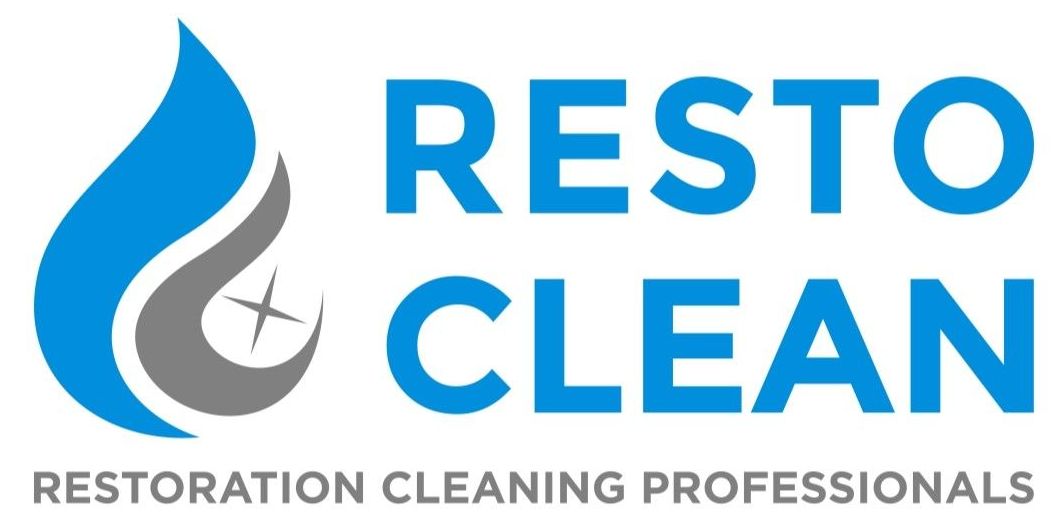
Daisy Wick • October 19, 2023
Dealing with Mold in Your Home: A Comprehensive Guide
Discovering mold in your home can be a disconcerting experience. Mold not only damages your property but also poses health risks to you and your family. In this guide, we will walk you through the steps to take when you find mold in your home and how to deal with it effectively.
Assessment and Identification
The first step is to assess the extent of the mold problem. Identify the areas affected by mold and the type of mold present. This assessment will help determine whether you can handle the situation yourself or if you need professional assistance. Common types of household molds include black mold (Stachybotrys chartarum), green mold (Cladosporium), and white mold (Penicillium).
Safety First
Before you start any remediation, ensure your safety. Wear protective gear such as gloves, a mask, and goggles to prevent exposure to mold spores. If the mold infestation is extensive or toxic mold is present, it's best to consult with a professional.
Isolate the Affected Area
Seal off the affected area to prevent the spread of mold spores to other parts of your home. Use plastic sheeting and tape to create a barrier. Close off ventilation systems in the affected area to prevent spore dispersal.
Identify the Source of Moisture
Mold needs moisture to thrive, so finding and eliminating the source of moisture is essential. Common sources include leaky pipes, roof leaks, or poor ventilation. Fix these issues to prevent future mold growth.
Removal and Cleaning
For small, non-toxic mold infestations, you can clean the affected area yourself. Use a mixture of water and detergent to scrub the mold off hard surfaces. For porous materials like drywall or insulation, it may be necessary to remove and replace them.
Use Mold-Fighting Products
Consider using mold-specific cleaning products or a mixture of white vinegar and water, which can be effective in killing and preventing mold growth.
Consult a Professional
If the mold infestation is extensive, toxic, or recurring, it's best to consult a professional mold remediation specialist. They have the expertise and equipment to safely and thoroughly remove mold from your home.
Preventive Measures
Once the mold is removed, take steps to prevent its return. This includes improving ventilation, maintaining proper humidity levels, and regularly inspecting your home for signs of leaks or water intrusion.
Monitor for Recurrence
Even after successful remediation, keep an eye on the previously affected areas. If you notice any signs of mold returning, take immediate action.
Finding mold in your home can be unsettling, but with the right steps and precautions, you can effectively manage the situation. Whether you choose to tackle the issue yourself or seek professional assistance, addressing mold promptly is crucial to protect your home and your family's health. Remember that prevention is key, so take steps to maintain a dry and well-ventilated home to reduce the risk of future mold infestations.
